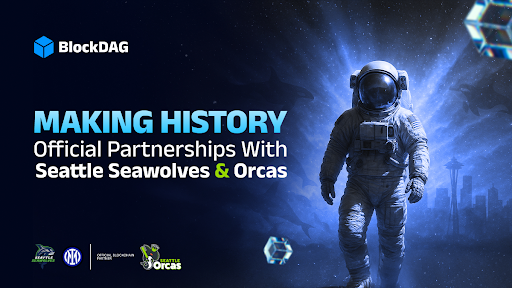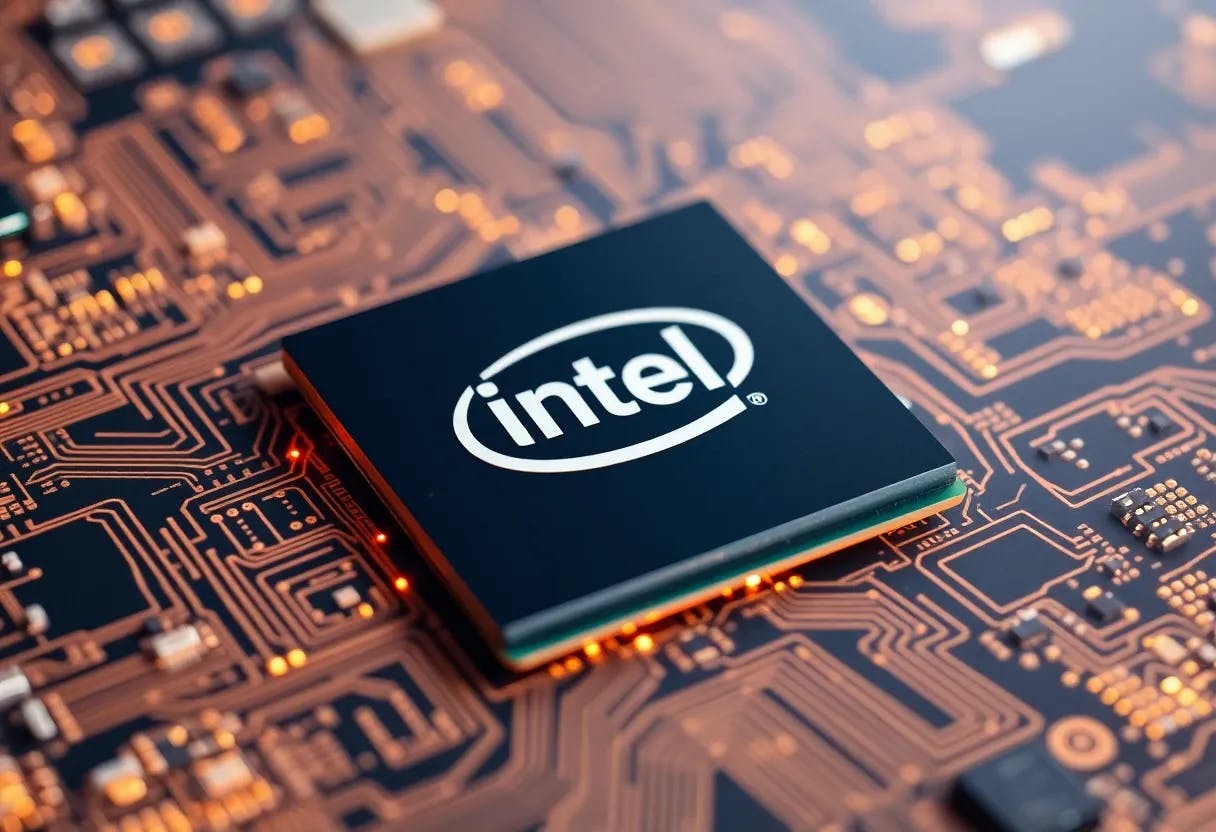The Linux Foundation announced at the Denver open source summit that will house the A2A (Agent2agent) protocol. Initially developed by Google and now supported by more than 100 leading technology companies, A2A is a new open crucial standard for the Safe and interoperable communication between AI agents.
In his main presentation, Mike Smith, Google software engineer, explained at the conference that the A2A protocol has evolved to facilitate the incorporation of personalized extensions to the main specification. In addition, the community is working to facilitate the assignment of unique identities to AI agents, thus improving governance and security.
The A2A protocol is vital for the agencial AI
The AI of agents is the great current phenomenon in artificial intelligence and promises to be the ‘Revolution Revolution’. Although not all analysts believe it is so much and recently the consulting firm Gartner spoke of “One fashion driven more by marketing than by practical results”it will depend on each development and some of those that are underway (such as Salesforce’s agentforce) are very interesting.
In any case, the agency needs to be properly supported and the A2A protocol is designed to solve one of the most urgent challenges of artificial intelligence: allow self -employed agents (software entities capable of acting and making decisions independently) They discover each other, exchange information safely and collaborate between different platforms, suppliers and environments.
In essence, A2A performs this function by creating an agentcard, a metadata document in notation of JavaScript (JSON) objects that describes its purpose and provides instructions to access it through a web URL. A2A also takes advantage of widely adopted web standardssuch as HTTP, JSON-RPC and events sent by the server (SSE), to guarantee broad compatibility and easy integration. By providing a standardized and independent communication layer of the supplier, A2A eliminates silos that historically have limited the potential of multiagente systems.
For greater security, A2A incorporates authentication and business level authorization, including compatibility with JSON Web tokens (JWT), Openid Connect (OIDC) and transport layer security (TLS). This approach guarantees that Only authorized agents can participate in workflowsthus protecting the confidential data and the identities of the agents. Although the security bases are already established, the developers present at the conference recognized that integrating them, in particular the authentication of agents, will be a complex process.
New era of productivity?
Jim Zemlin, Executive Director of the Linux Foundation, welcomed the protocol in his inaugural speech at the Denver Open Summit: Denver: “By joining the Linux Foundation, A2A guarantees the neutrality, collaboration and long -term governance that will boost the next era of agents based on agents”.
Zemlin expects the A2A protocol to become an cornerstone for the development of interoperable and multiagente ia systems. Some of the AI giants agree, since a great coalition supports the project: Google, AWS, Cisco, Microsoft, Salesforce, SAP and Servicenow, among others.
A2A is expected to work in close collaboration with the Anthropic Model Context (MCP) protocol. While both are open standards that allow ecosystems of robust and interoperable agents, their objectives are different. MCP provides a standardized form for an AI agent to access external tools, application programming interfaces (API) and data sources, while A2A focuses on allowing the Communication, collaboration and delegation of tasks among multiple agents of AIregardless of your supplier, frame or technology.
Implementing protocols
Sector experts also expect MCP to use vertical integrations. For example, agents will use it to collect or process the necessary information for their tasks, such as recovering user data from a customer relationship management program (CRM) or activating a cloud service. With the horizontal integration A2A, when a task requires multiple agents with specialized experience, A2A allows these agents to discover each othershare context, delegate subtasters and coordinate to solve complex problems.
In practice, when a IT support agent who uses A2A receives a ticket about the slow performance of an application, will use MCP to collect diagnostic data on monitoring tools. When a problem affects several domains, such as the network, the database or the application, the agent can use A2A to delegate parts of the investigation to other specialized agents, each of which can use MCP to access its relevant tools.

Both protocols are very interesting and vital for the next level of the artificial intelligence systems that everything points will be the responsibility of the agency, But they are still in diapers. «We are still in the early stages from the perspective of the protocol and standardization. And I don’t think we are ready to say it; There will only be one protocol to address all cases of use. MCP initially emerged by connecting models with tools, and there is a huge enthusiastic community that is growing around it. We are equally excited about A2A, but there is some overlap ».
Determine exactly where they start and end A2A and MCP will be a challenge. Say that there is another agent to agent protocol: the agent communication protocol (ACP). This open source protocol is based on the popular representational state transfer software architecture (Rest) ?? of IBM and is also supported by Linux Foundation.












